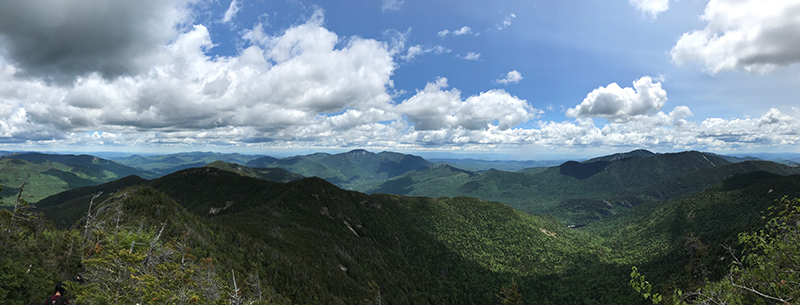How Forests Offset Climate Change and Its Impacts

A view from the top. Photo credit: Andrea Urbano, CT DEEP Service Forester
Forests help to slow the rate of climate change by removing carbon dioxide from the atmosphere and storing it. This is a direct effect, as the primary driver of climate change is the over-abundance of carbon dioxide in the atmosphere. Forests also provide indirect effects which lessen the impacts of climate change on society, such as:
- Healthy functioning forests help to absorb rainwater and slow its aboveground movement, which is crucial to preserving soil integrity, protecting water quality, and reducing flood intensity.
- Forests and trees regulate temperature across the urban to rural landscape. This decreases the amount of energy required and carbon emitted to cool indoor spaces.
- Many harmful airborne pollutants are associated with climate change, and healthy forests remove them from the air. The same is true for waterborne pollutants. Furthermore, forests add oxygen to the air.
- Bioaccumulation: When contaminants are present in a medium, such as air or water, they are absorbed by the organisms which inhabit that medium. When the contaminated organisms are then consumed by another organism, the contaminants move into it. As you move up the food chain, the levels of contamination become higher and can reach dangerous levels in the upper-level predators, even if the levels in the medium itself are small. By removing contaminants from both air and water, healthy forests minimize potential for this dangerous bioaccumulation to occur.
- Forests are home to countless species across the living spectrum, and they all have intrinsic value to society. Some have functional value as well, and may be more important as climate change continues.
- Forests provide resources which support human life. These resources are renewable, and the products they create have smaller environmental footprints than their counterparts.
Back to Climate Change and Connecticut Forests for more information
Content last updated in April 2022.

